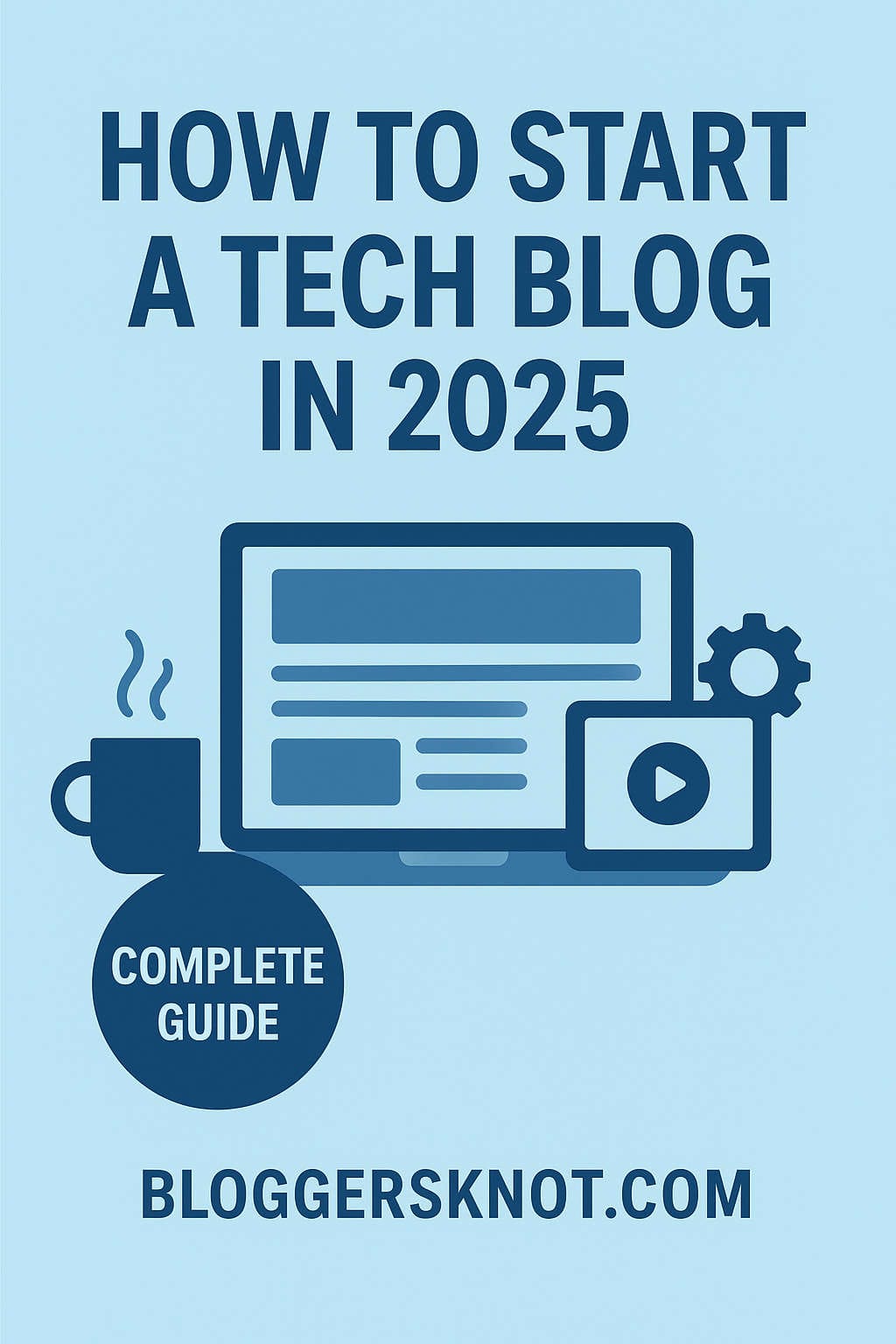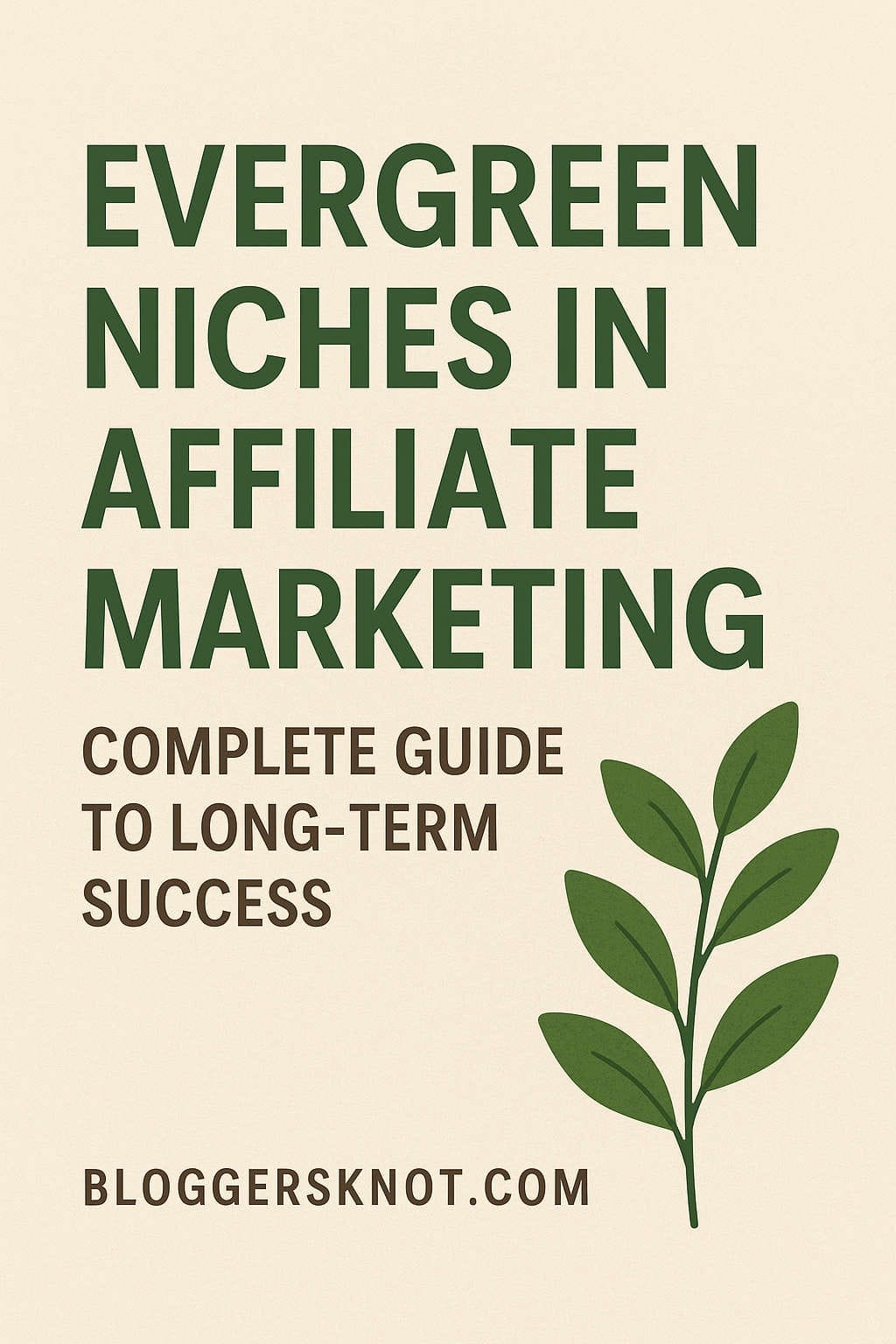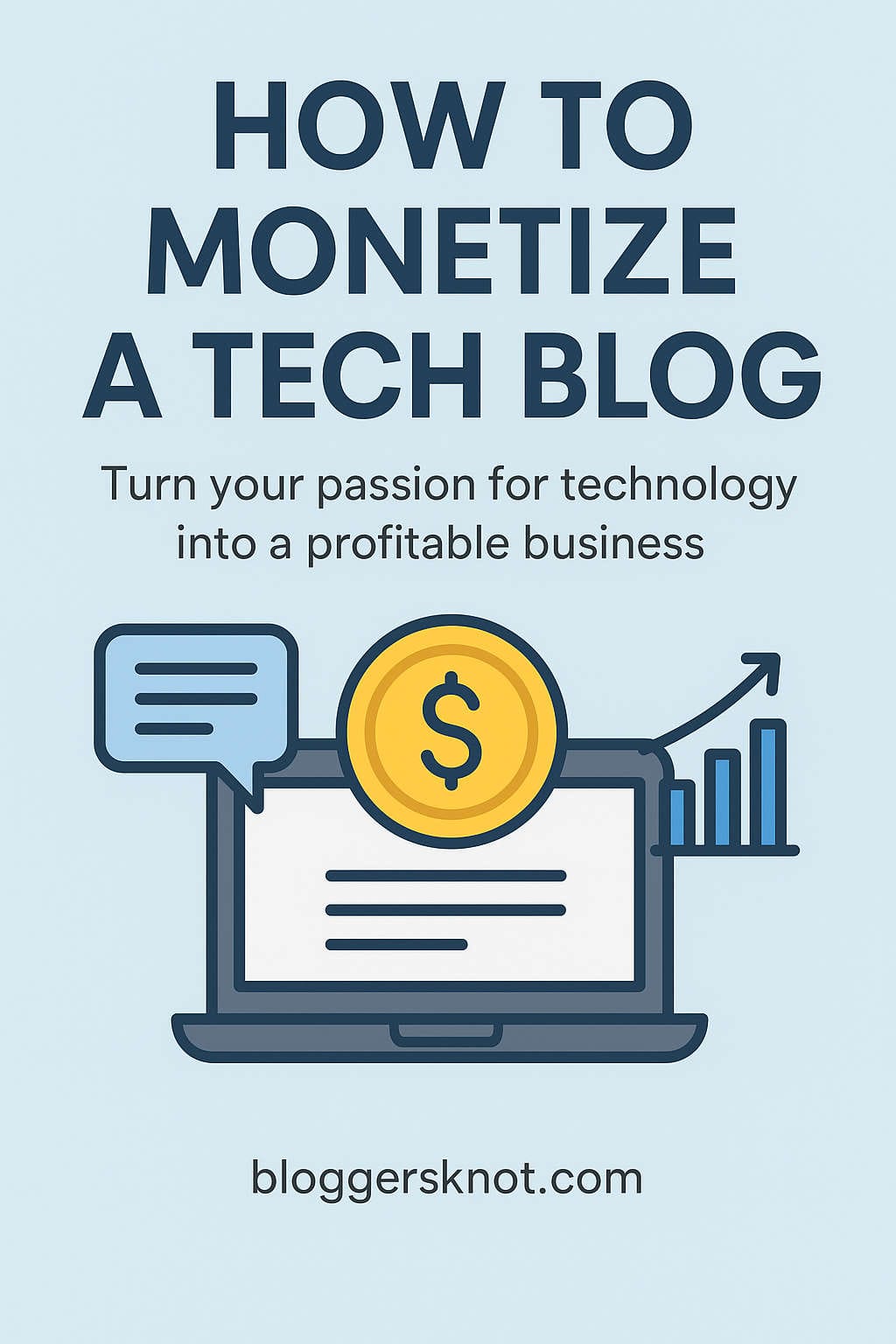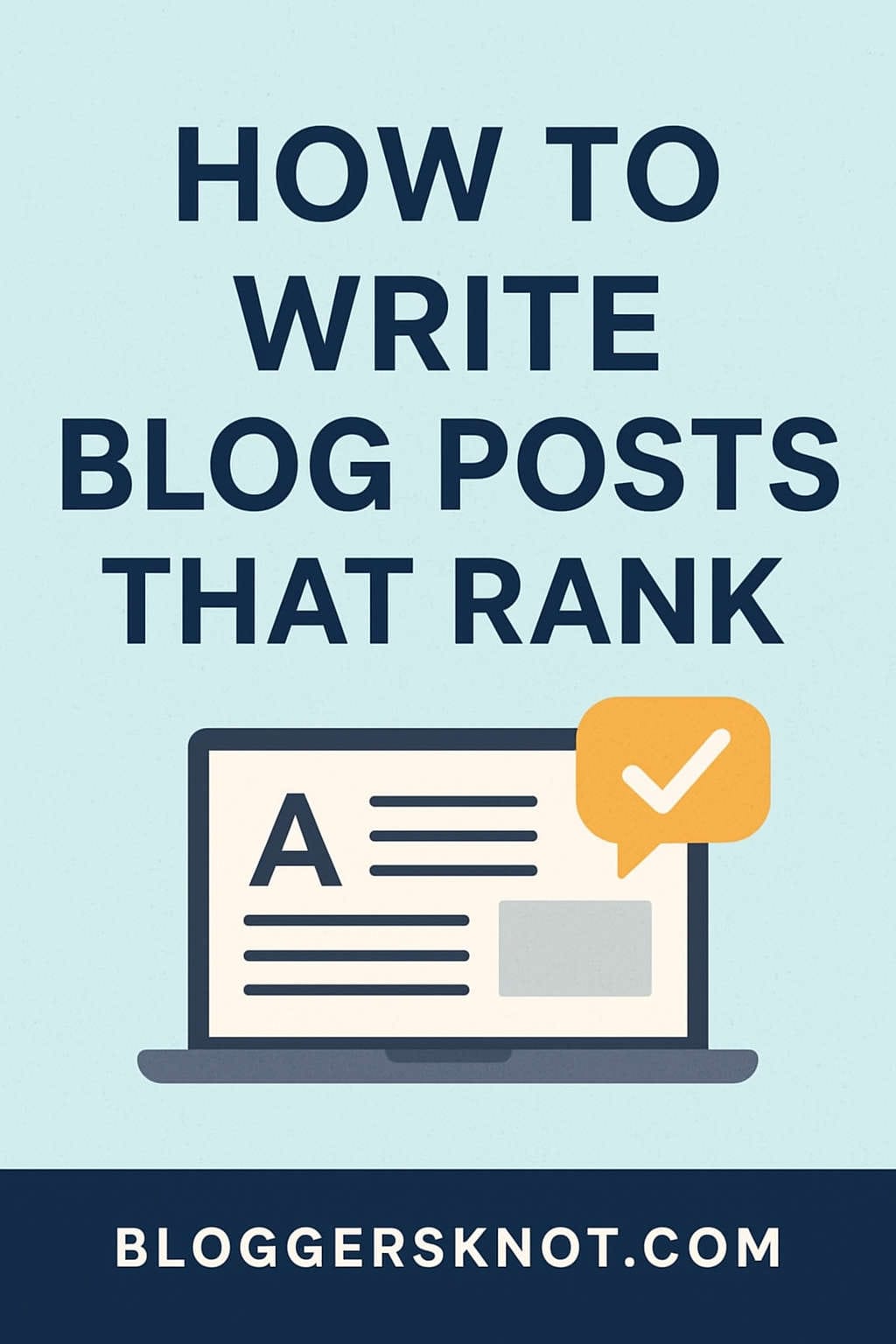Starting a tech blog in 2025 is one of the most rewarding ways to share your knowledge, build authority, and create opportunities in the fast-paced world of technology. With digital innovations reshaping industries at lightning speed, readers are constantly searching for reliable, insightful, and actionable information. Blogs remain one of the most trusted formats to deliver that value — provided you approach it with clarity, consistency, and a strategy tailored for today’s digital landscape.
This detailed guide is optimized to help aspiring bloggers create a sustainable, engaging, and profitable tech blog in 2025. We’ll explore every step — from choosing the right niche and building your website, to mastering SEO, promoting content, and monetizing your efforts — so you can confidently build your presence online.
Why Blogging Still Works in 2025
Despite the dominance of social media platforms, podcasts, and video content, blogging remains an essential tool for anyone wanting to establish an online presence. Unlike social channels, where algorithms dictate visibility, a blog gives you ownership of your platform. That means your content is always accessible, discoverable through search engines, and under your control.
More importantly, readers still turn to blogs for in-depth, human perspectives. In a time when AI-generated content floods the web, original, thoughtful posts written by real people carry more weight. Blogs can also rank in search engines, attract steady traffic over time, and create a lasting library of resources for your audience.
For tech enthusiasts, professionals, and entrepreneurs, this makes blogging a powerful medium to:
- Share expertise and insights about emerging technologies.
- Build credibility and become recognized as an authority.
- Network with industry peers and companies.
- Open up multiple income streams through ads, affiliate partnerships, or digital products.
Choosing a Niche That Stands Out
One of the most critical steps in starting a blog is finding a focus area. In technology, trying to cover everything — from gadgets to programming to AI ethics — often dilutes your authority. Instead, defining a clear niche helps you target a dedicated audience and differentiate your content from competitors.
Some growing niches in 2025 include:
- Artificial intelligence and machine learning applications.
- Cybersecurity, privacy, and data protection.
- Blockchain, crypto, and decentralized technologies.
- Software tools and SaaS product reviews.
- Web development and programming tutorials.
- Tech career guides and remote work tools.
- Green technology and sustainable innovations.
Ask yourself: What am I passionate about, and where can I add value? The sweet spot is where your interest, expertise, and audience demand overlap. For instance, if you’re excited about AI-driven productivity, focusing on practical use cases for AI tools could help you build a unique following.
Understanding Your Target Audience
Successful blogging begins with clarity about your readers. Are you writing for beginners who need step-by-step tutorials? Or professionals looking for advanced insights? Knowing your audience shapes not only your writing style but also the topics you cover.
Imagine your ideal reader: their age, profession, goals, and challenges. A cybersecurity blog for small businesses, for example, will require a very different tone than a developer-focused site about blockchain applications. By keeping your readers’ needs at the center, you ensure that your content is both relevant and engaging.
Naming and Branding Your Blog
Your blog’s name is more than just a label — it’s part of your identity. Aim for something memorable, simple, and aligned with your niche. Avoid names that tie you to a specific year or product, as those can quickly become outdated. Instead, choose something that conveys longevity and flexibility.
Once you settle on a name, secure a matching domain. While .com remains the most popular, tech-friendly extensions like .io or .tech are widely recognized and respected in the industry. Consistent branding across your blog, social media, and newsletters will help you establish authority and recognition.
Setting Up Your Website
The technical side of blogging doesn’t need to be overwhelming. In 2025, platforms are more user-friendly than ever. WordPress.org remains a top choice because of its flexibility and extensive plugin ecosystem. Alternatives like Ghost offer minimalist design and integrated newsletter features, while Webflow appeals to those who prefer visual design. Developers might even opt for static site generators hosted on platforms like Vercel.
Pair your CMS with reliable hosting. Fast-loading websites aren’t just important for user experience; they also impact SEO rankings. Managed WordPress hosts, developer-friendly platforms, and cloud-based hosting all provide excellent options depending on your needs.
Designing a User-Friendly Experience
Your blog’s design influences whether visitors stay or click away. In 2025, clean, responsive, and mobile-friendly designs are essential. Readers should be able to find what they need quickly, whether on a phone, tablet, or desktop.
Use readable fonts, clear navigation menus, and logical content structures. Organize posts into categories that make sense, and ensure your site loads quickly by optimizing images and enabling caching. Simple design choices, such as a light/dark mode toggle or clearly labeled sections, add professionalism and keep readers engaged.
Building a Content Strategy
A successful blog thrives on consistency. Instead of publishing random articles whenever inspiration strikes, create a content plan. Start with cornerstone posts — detailed, evergreen guides that can serve as the foundation of your site. These posts should address big questions in your niche, like “The Beginner’s Guide to AI Tools in 2025” or “Best Cybersecurity Practices for Remote Workers.”
From there, diversify your content. Mix tutorials, reviews, comparisons, case studies, and thought pieces. Timely updates on tech news can attract short-term attention, while evergreen content ensures long-term traffic. Planning your posts in advance through a content calendar helps you stay organized and consistent.
Writing Compelling and Helpful Content
Your blog’s success depends on the quality of your writing. Clear, engaging, and approachable language always wins. Avoid unnecessary jargon unless you’re addressing a highly technical audience. Instead, use analogies, examples, and visuals to make complex ideas accessible.
The best tech blogs balance depth with readability. Focus on solving problems, answering common questions, or offering insights that your audience won’t easily find elsewhere. Before publishing, ask yourself: Is this post genuinely helpful? Does it provide unique value? If the answer is yes, you’re on the right track.
Mastering SEO in 2025
Search engine optimization ensures that your content reaches people actively looking for it. SEO in 2025 emphasizes user experience alongside keyword strategy.
Use AI-driven tools to discover what people are searching for in your niche. Focus on long-tail keywords that match user intent — for example, “best AI-powered note-taking apps for students in 2025” instead of just “AI apps.” Structure your posts with clear headings, use meta descriptions that summarize your content, and add internal links to keep readers exploring your site.
Voice search and AI-driven search engines are growing, so optimize your writing for conversational queries. Adding structured data to reviews and tutorials also increases your chances of appearing in featured snippets or rich results.
Promoting Your Blog
Publishing is only half the journey. To build an audience, you must promote your content consistently. Share your articles on social media platforms like LinkedIn, Twitter (X), and relevant Reddit communities. Participate in discussions rather than just posting links, as engagement builds trust.
Video platforms like YouTube and TikTok allow you to repurpose content into explainers or summaries, reaching new audiences who prefer visual content. Meanwhile, launching a newsletter gives you a direct line to your readers without relying on external algorithms. Cross-promoting with other bloggers or writing guest posts can also expand your reach.
Monetizing Your Blog
Once your blog attracts consistent traffic, monetization becomes possible. Affiliate marketing is one of the easiest ways to start, especially in tech, where readers actively seek product recommendations. By promoting tools, software, or gadgets you genuinely use, you can earn commissions without compromising trust.
Display ads provide another revenue stream, although they work best with higher traffic volumes. Sponsored content and brand partnerships can be lucrative once you’ve built authority. You may also consider selling digital products like eBooks, templates, or online courses. Consulting services or paid memberships can turn your blog into a full-fledged business.
The golden rule of monetization: prioritize authenticity. Always recommend products or services that align with your expertise and serve your readers well.
Tracking Performance and Improving
Analytics tools are invaluable for understanding what works and what doesn’t. Google Analytics 4, Search Console, and user behavior tools like Hotjar provide detailed insights into your audience’s habits. Use this data to refine your strategy — double down on content that performs well, improve posts with high bounce rates, and adjust based on audience preferences.
Treat blogging as a cycle of publishing, analyzing, and improving. With time, you’ll uncover patterns that guide smarter decisions.
Staying Ahead of Trends
The tech industry changes rapidly, which means your blog must adapt. Subscribe to newsletters from thought leaders, follow trusted outlets like The Verge or TechCrunch, and stay active in professional communities. Attending webinars and conferences also exposes you to cutting-edge ideas.
The more you immerse yourself in your niche, the easier it becomes to anticipate what readers will care about next. Staying updated not only fuels your content pipeline but also positions you as a forward-thinking voice in the industry.
Avoiding Common Mistakes
New bloggers often make avoidable errors. Some spread themselves too thin by covering too many topics, while others chase monetization before building trust. Inconsistency is another trap: readers won’t stick around if your blog is inactive for long stretches.
Stay focused, consistent, and authentic. Think long-term, and treat your blog like an investment in your personal brand. Engage with your readers by responding to comments, asking for feedback, and creating a sense of community. Loyal readers are the foundation of lasting growth.
A Six-Month Roadmap
To give structure to your journey, here’s a suggested six-month timeline:
- Month 1: Choose your niche, set up your website, and publish several cornerstone articles.
- Month 2–3: Publish consistently, set up social channels, and begin basic SEO.
- Month 4: Launch an email newsletter and start engaging in communities.
- Month 5: Experiment with light monetization such as affiliate links.
- Month 6: Analyze performance, refine your content strategy, and focus on what resonates most with readers.
Final Thoughts
Starting a tech blog in 2025 is both challenging and full of potential. By choosing a clear niche, focusing on your audience’s needs, and delivering consistent value, you can create a platform that grows into more than just a website. Your blog can become a trusted resource, a personal brand, and even a profitable business.
Every successful blogger once started with zero readers. With patience, persistence, and adaptability, you can carve out your space in the ever-evolving world of technology content. In a digital era full of noise, your authentic voice may be exactly what readers are searching for.






